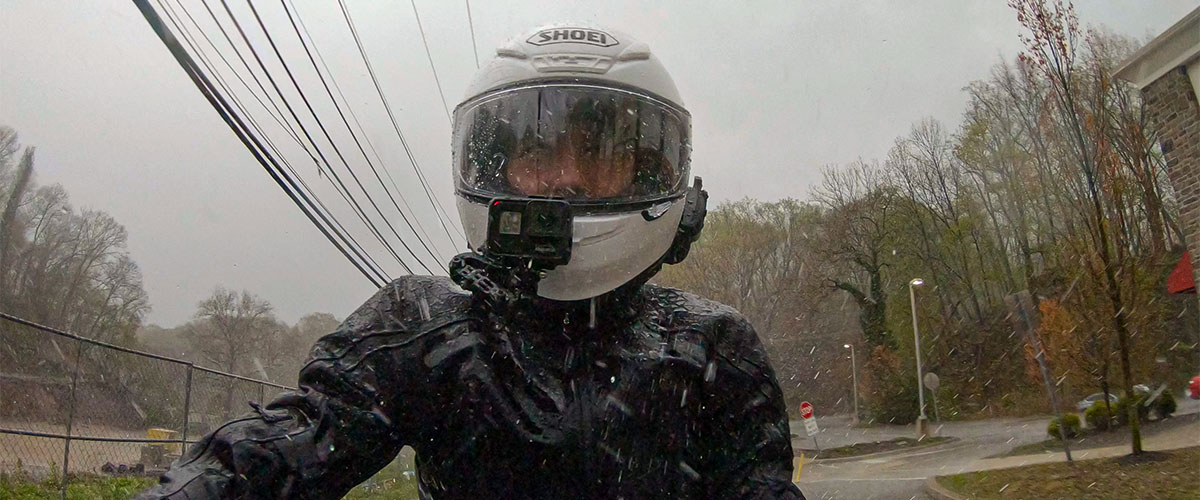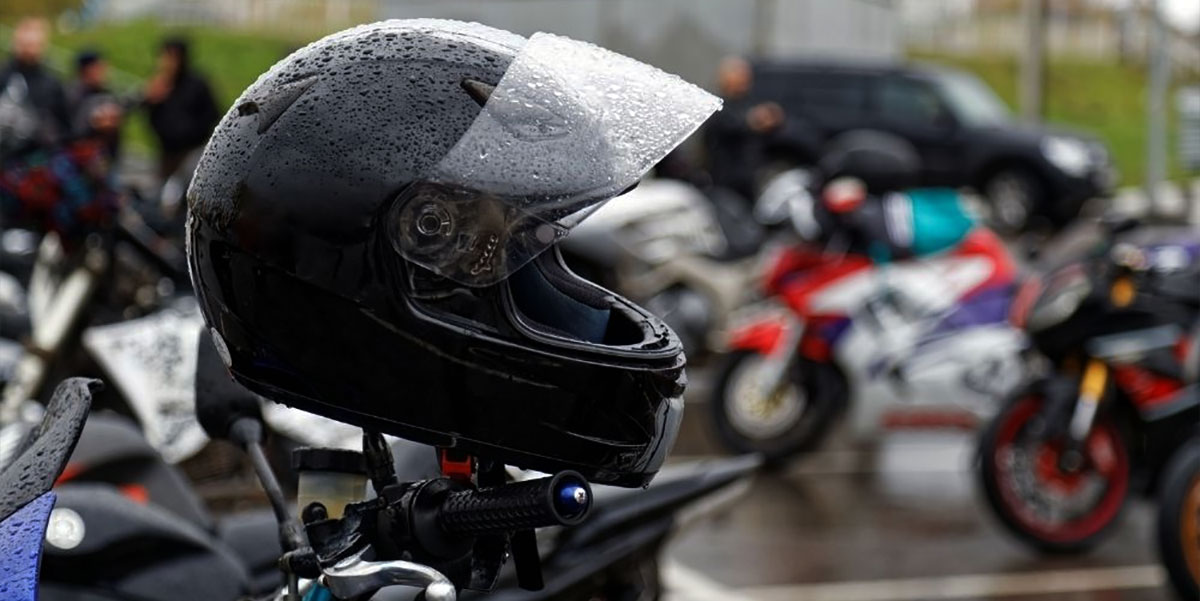
When it comes to helmet protection, ensuring its resistance against water and moisture is a crucial aspect that should not be overlooked. Whether you're a motorcycle rider, cyclist, or engage in outdoor activities, understanding the science behind helmet waterproofing can greatly enhance your safety and extend the lifespan of your gear
Understanding helmet waterproofing
Helmet waterproofing is a critical aspect of ensuring the longevity and functionality of your protective gear.
At its core, helmet waterproofing refers to the process of making helmets resistant to water and moisture. By creating a barrier against external elements, waterproofing safeguards the integrity of the helmet's construction and protects its internal components from damage. It prevents water from seeping through the helmet's outer shell, compromising its structural integrity, and potentially causing discomfort or reducing its protective capabilities. It is more important for the motorcycle helmet for women, because excess moisture ruins the hair.

Waterproofing techniques and treatments
When it comes to helmet waterproofing, the selection of appropriate materials plays a crucial role in determining the effectiveness of the waterproofing process. Each component of a helmet, from the outer shell to the inner padding and visor, contributes to its overall water resistance and durability. Understanding the role of these materials is key to comprehending the science behind helmet waterproofing.
Outer shell
To enhance the waterproofing capabilities of the outer shell of a helmet, there are a few steps you can take. Keep in mind that modifying the outer shell may void the warranty, so it's important to consult the manufacturer's recommendations and guidelines before making any alterations. Here are some general suggestions:
Waterproof coatings
Apply a waterproof coating specifically designed for helmet shells. These coatings create a hydrophobic barrier that repels water and helps prevent moisture from seeping into the shell. Follow the instructions provided by the manufacturer of the coating product for proper application and curing.
Seam sealing
Inspect the seams and edges of the outer shell for any gaps or potential entry points for water. If you notice any areas that are not adequately sealed, consider using a waterproof adhesive or sealant to reinforce those spots. Be cautious when applying adhesive to avoid compromising the structural integrity of the helmet.

Inner padding
The inner padding of a helmet not only provides comfort but also plays a role in waterproofing. It is usually made from materials such as expanded polystyrene (EPS) foam or multi-density foam. While these materials are not inherently waterproof, they are designed to repel water to some extent.
Making the inner padding of a helmet more waterproof requires careful consideration, as altering the padding can impact its performance, fit, and safety. While it's essential to maintain the manufacturer's recommended padding materials and structure, here are some general tips to enhance the water resistance of the inner padding:
Moisture-wicking materials
Look for helmets with moisture-wicking properties built into the padding. Many modern helmet models feature specialized fabric liners that actively draw moisture away from the skin, helping to keep the interior dry. These materials can help minimize the absorption of moisture into the padding.
Anti-microbial treatments
Some helmet padding incorporates anti-microbial treatments, which can help prevent the growth of bacteria, mold, and odors caused by moisture accumulation. These treatments help maintain cleanliness and freshness within the padding.
Waterproof padding covers
Consider using removable waterproof covers or liners designed specifically for helmet padding. These covers act as an additional layer of protection, shielding the padding from direct contact with moisture. They can be easily removed and washed when necessary, keeping the interior of the helmet clean and dry.
Visor
The visor, often present in helmets used for motorcycle riding or certain sports, is another component that requires waterproofing. It is typically made from materials like polycarbonate or shatterproof plastics. To ensure visibility in rainy conditions, visors are coated with hydrophobic treatments. These coatings repel water, preventing droplets from obstructing the rider's vision and minimizing the need for frequent wiping.
To enhance the waterproofing of a helmet visor and ensure clear visibility in wet conditions, you can take the following steps:
Hydrophobic coatings
Apply a hydrophobic coating specifically designed for visors. These coatings create a water-repellent surface, causing water droplets to bead up and roll off the visor. Follow the manufacturer's instructions for proper application and curing of the coating.
Anti-fog treatments
Some visors have built-in anti-fog properties, while others may require the application of an anti-fog treatment. Anti-fog treatments work by reducing condensation and fogging on the visor, which can obstruct your view in wet conditions. Apply the anti-fog treatment according to the manufacturer's instructions, ensuring complete coverage.